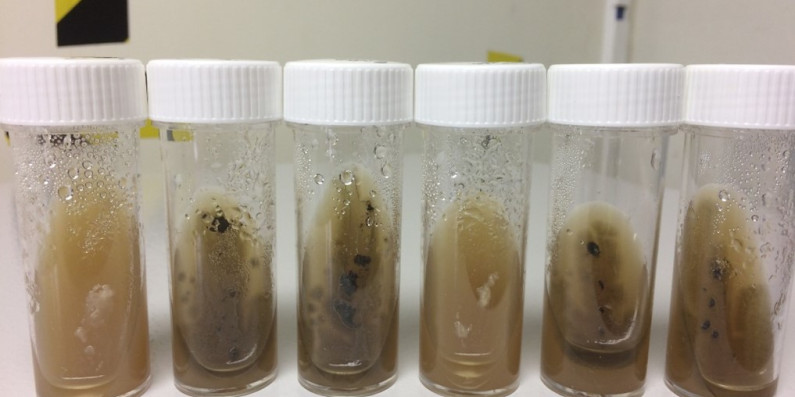Asbestos is a carcinogen, which means, when asbestos fibres become airborne and are inhaled, they may lead to cancers such as lung cancer and Mesothelioma (a cancer of the lining of the body organs).
Asbestos-containing materials have been used in over 3000 manufactured products such as floor and ceiling tiles, surfacing materials, and thermal insulation around pipes and boilers to name a few.
With $400,000 in funding from the Waste Minimisation Fund, Dr Berry and her team took samples of asbestos-contaminated soil and materials to find out if natural organisms such as fungi can help break down the asbestos fibres and reduce its harmful impact.
The funding from the Ministry for the Environment has meant that we have been able to upscale our testing to develop that potential process of bioremediating soil that is impacted by asbestos.
“Bioremediating is a process where microorganisms like fungi are used to break down environmental pollutants like asbestos.”
Working alongside a team in Italy, the results have shown that the structure of asbestos fibres undergo changes when exposed to these natural organisms that may lead to a reduction in carcinogenicity and eventual break down.

